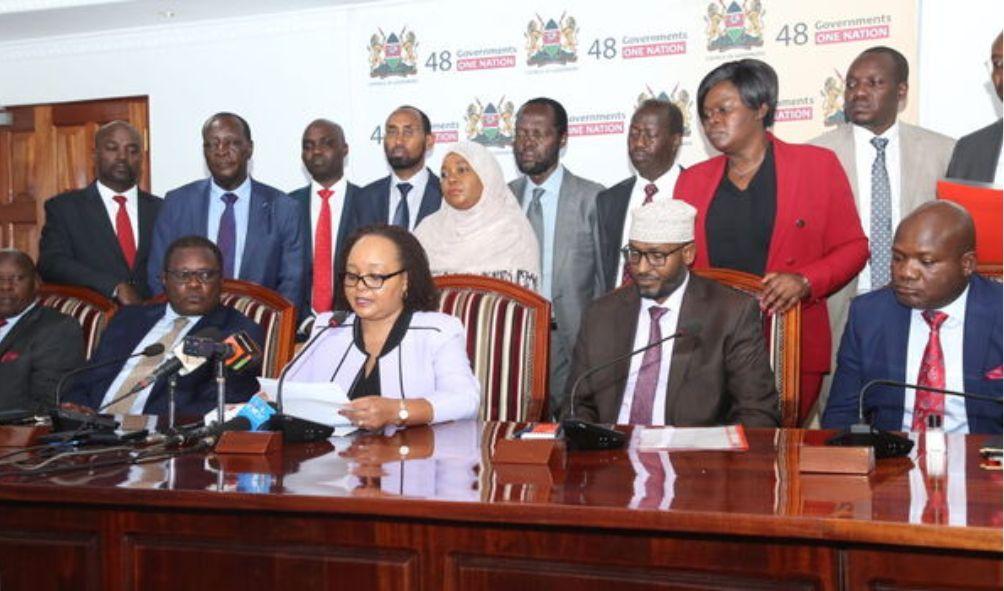The Counties Struggling With Budget Transparency
In anticipation of increased budgetary allocations in the upcoming financial year, county governments are under scrutiny due to significant deficiencies in on-source revenue reporting across Kenya’s 47 counties, as highlighted in the recently released Kenya’s County Budget Transparency Survey (CBTS) 2023 on May 24th.
The CBTS 2023 report reveals that many counties are merely meeting the minimum requirements in reporting their revenue and expenditure, posing challenges to effective public service delivery, especially for marginalized communities.
Accurate revenue projections are thus emphasized as vital for reliable budget implementation by county governments.
Despite this emphasis, the report discloses that 44 counties failed to meet their Own Source Revenue (OSR) targets for the fiscal year 2022/23. Falling short on revenue collections jeopardizes budget execution, potentially hindering essential service delivery.
The report underscores the importance of comprehensive revenue reporting for enabling informed citizen decisions on budget priorities and monitoring implementation progress.
In the CBTS 2023, counties disclosed approximately two-thirds of the necessary information in critical budget documents, scoring 64 out of 100 points in revenue transparency.
Interestingly, while the County Integrated Development Plan (CIDP) excelled in providing revenue information, scoring 97 out of 100 points, Annual Development Plans (ADPs) lagged significantly, scoring only 27 points.
This trend reflects past performances, although improvements have been noted in certain budget documents over time.
Makueni County emerges as the top performer in revenue transparency, scoring 83 out of 100 points, with the majority of counties falling within the C category of assessment.
ALSO READ:
- “Two Groups, One Agenda”: Gachagua Accuses Raila of Secret Political Deals
- Exclusive: Ida Odinga’s 75th Birthday Party in Karen (Photos)
- FKF President Discloses Exact Amount Paid to Harambee Stars Players
- Gachagua’s Ally Senator John Methu Admits Ruto Might Win 2027 Elections
- Maraga Explains Why He Hasn’t Campaigned in Kisii Despite 2027 Bid
Conversely, Uasin Gishu County performed poorly, scoring in the E category.
Several counties, including Kajiado, West Pokot, Nyamira, and Mombasa, scored within the B category, while others like Nyeri and Bungoma fell into the C category.
Some counties, such as Meru, Nyandarua, and Kilifi, were categorized in the D category.
Critics of the report stress the importance of empowering citizens by providing detailed revenue information, historical data, and sources of revenue to foster transparency.
This, they argue, is essential for sub-national units to comply with legal requirements and offer a clearer understanding of county finances.
In response to these findings, a committee has been established to mediate between Senators and Members of the National Assembly regarding the proposed allocation of Ksh415 billion to counties.
While the Senate advocated for this increase, it was rejected by the National Assembly, leading to a Ksh391.1 billion allocation to county governments in the 2024/2025 budget estimates, marking a slight increase from the previous year.
The Counties Struggling With Budget Transparency
